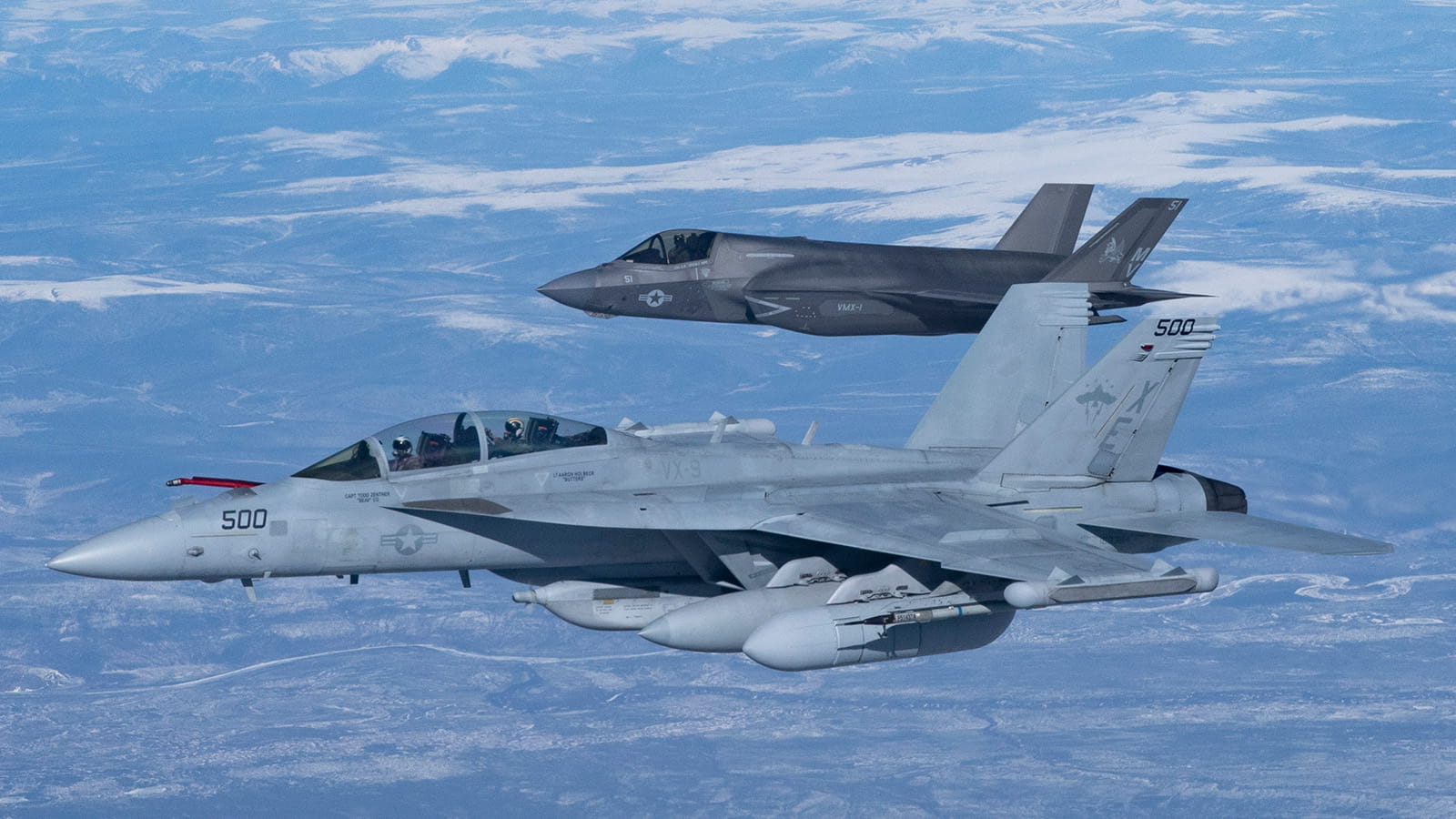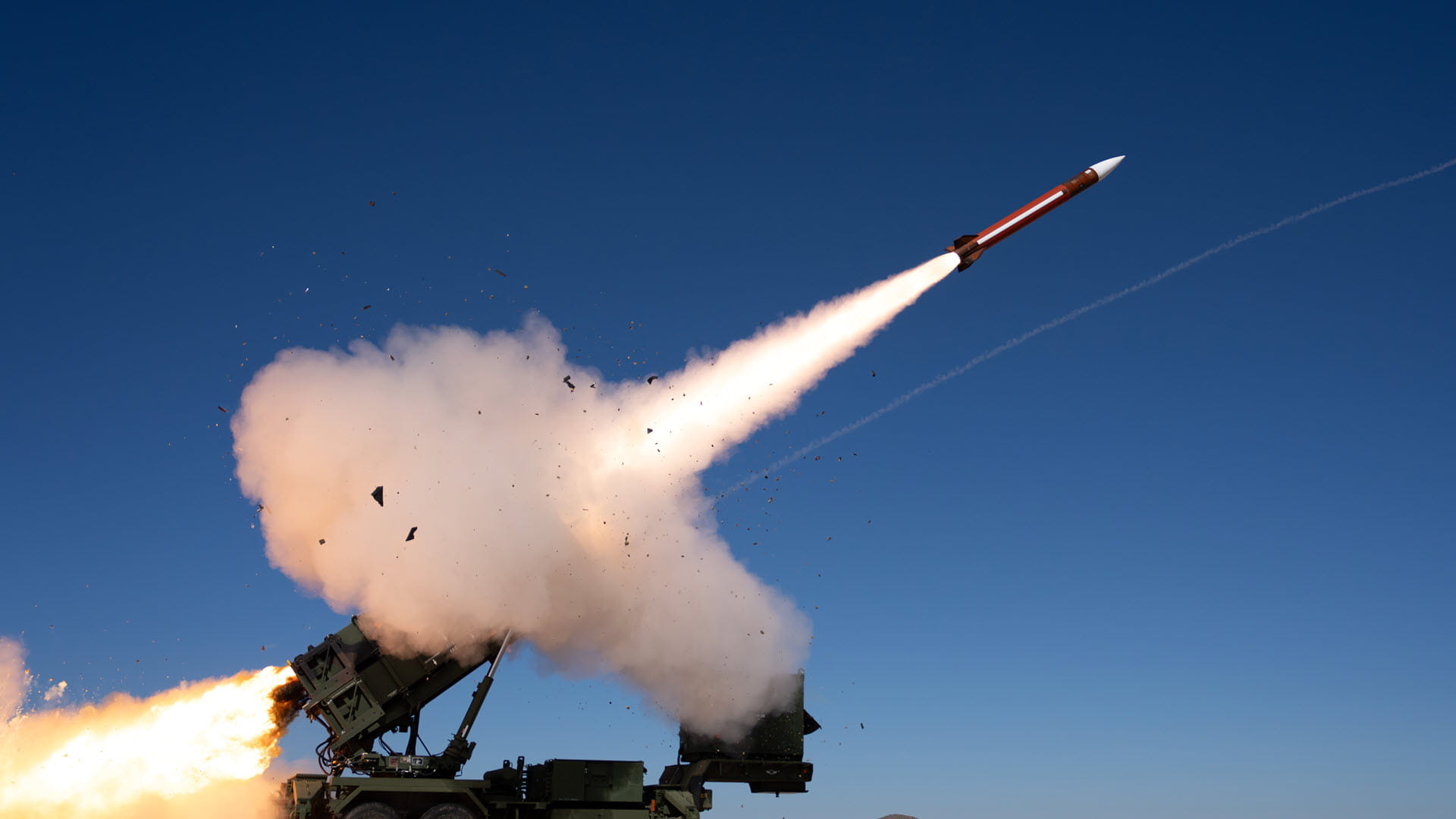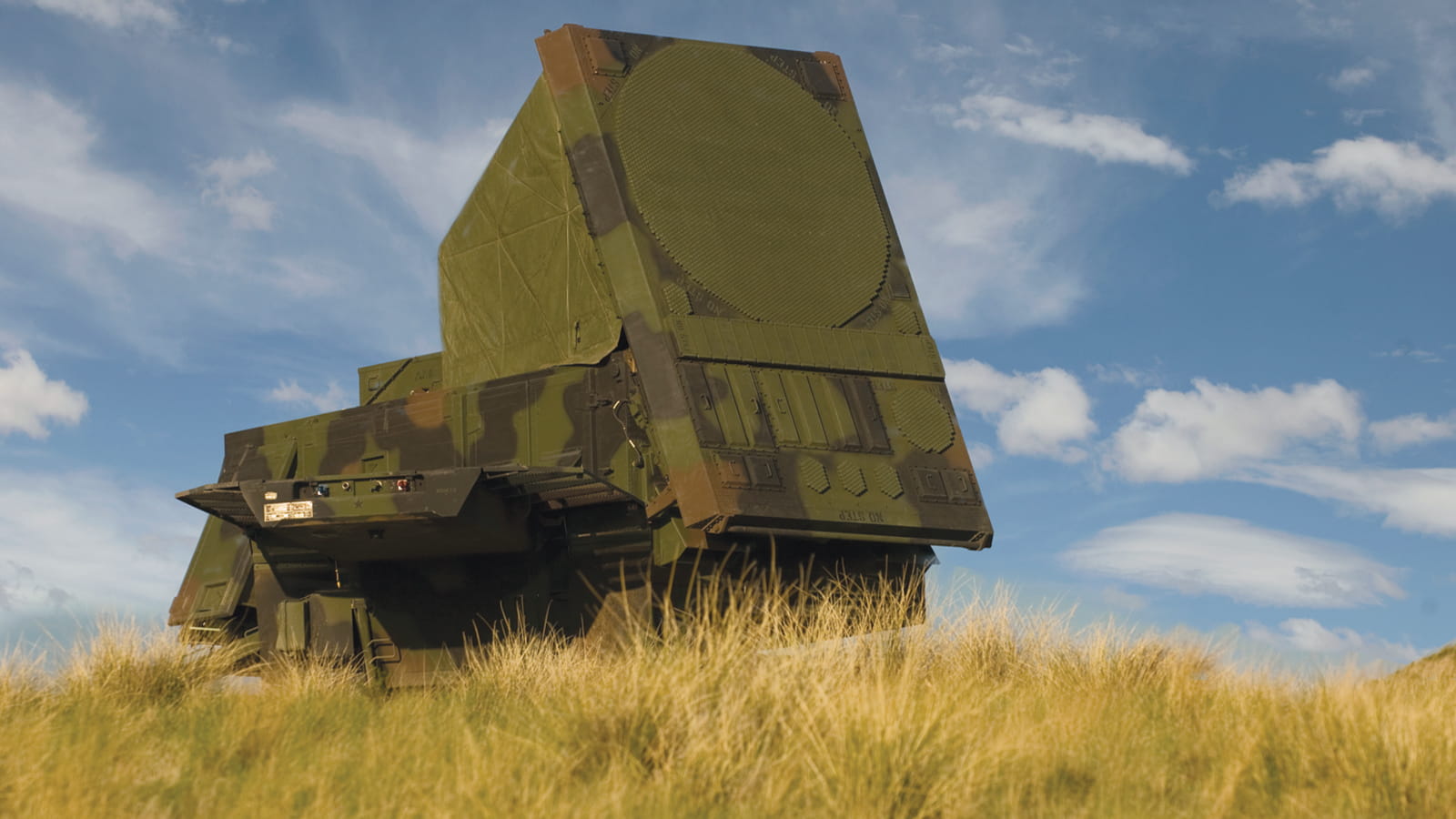all-aspect, high-power offensive airborne electronic attack
Airborne electronic attack: Owning the invisible battlespace
New tech from Raytheon for a new era in air combat
From the rear cockpit of an EA-6B Prowler – the U.S. Navy’s former go-to platform for jamming enemy radar – Ernie Winston could tell something wasn’t right.
As he scanned the night sky over southern Iraq and listened for the modem-like electronic noises that indicate adversary air defenses, he saw two explosions – one in the distance, the other a little closer. That got his attention.
“It was a wake-up call,” he said, recalling the 2000 mission, part of a coalition effort to enforce a no-fly zone. “We were being tracked, and they were targeting us.”
The crew escaped the anti-aircraft fire, returned to base and reported the enemy's position. The ground threat was eliminated the next day.
That close call stays with Winston today at Raytheon, an RTX business, where he works as the associate director of the Non-Traditional Electronic Warfare product line, helping shape the next generation of airborne electronic attack. That capability, he says, is becoming increasingly important as anti-aircraft defense radars and weapons are becoming more adaptable and more agile.
“More power and more capacity are needed,” said Winston, a 22-year Navy veteran. “We have to react to it.”
Raytheon is providing new technologies for electronic-attack aircrews that are transforming their ability to operate in contested airspace.
Attack: Key to air dominance
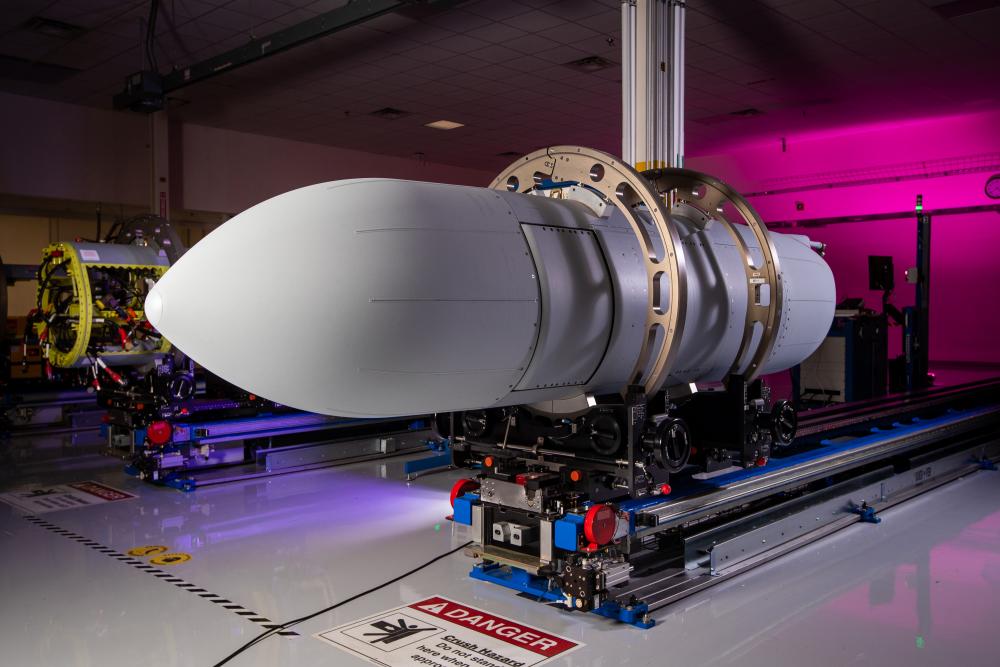
A Next Generation Jammer Mid-Band pod at Raytheon’s factory in Forest, Mississippi.
Airborne electronic attack is a crucial capability for gaining an advantage in the electromagnetic spectrum. It includes:
- Disabling, degrading and denying enemy air defenses by overwhelming them with radio frequency energy.
- Deceiving them using electronic decoys.
- Disrupting enemy threats through jamming their radar and communications systems.
By interfering with enemy communications, radar systems and sensors, it ensures superiority on the battlefield and enables forces to carry out missions with reduced risks and increased operational effectiveness.
Today’s jammers are updated versions of mechanical systems that first flew in the Vietnam War. But the airspace has evolved into the digital age – adversary air defenses have advanced, and uncrewed aerial vehicles are proliferating.
To maintain a tactical advantage, military agencies are seeking newer, faster and more powerful ways to use the electromagnetic spectrum – the “invisible part of the battlespace,” as it’s sometimes called – as a defensive weapon and a way to compromise adversaries’ ability to attack.
“The U.S. is facing continuing, evolving threats. We really need to evolve our electronic warfare capabilities,” said Stephanie Edmisten, vice president of airborne electronic attack at Raytheon. “We have to be able to detect these multiple threats in a highly contested area all at once. With whatever the next conflict is, electromagnetic spectrum dominance will win out.”
There are three areas of electronic warfare: electronic attack, electronic protection and electronic surveillance. Here are some of the ways Raytheon supports them.
Electronic attack
Electronic attack’s purpose is to suppress, deceive or destroy hostile electronic systems such as radars, communications and electronic sensors, to gain a tactical advantage on the battlefield. It allows forces to suppress enemy air defenses, disrupt command-and-control networks, and reduce risk for friendly forces carrying out their missions.
Raytheon has been developing new electronic-attack technologies for years. For example, its Next Generation Jammer Mid-Band, or NGJ-MB, will replace the aging ALQ-99 jamming pods currently used on the EA-18G Growler aircraft – the U.S. Navy’s main electronic attack platform.
“No aircrew wants to go on an actual strike mission without a Growler,” Winston said. “It’s the best thing out there.”
Raytheon designed the NGJ-MB not only to meet today’s U.S. Navy electronic warfare mission requirements, but to provide a cost-effective, open systems architecture for future upgrades. By doing so, the NGJ-MB significantly enhances the electronic attack capabilities of the U.S. Joint Forces.
“It is drastic what NGJ-MB is going to do for jamming,” Winston said. “It’s a multi-generational leap in technology.”
Defense: Protecting the joint force
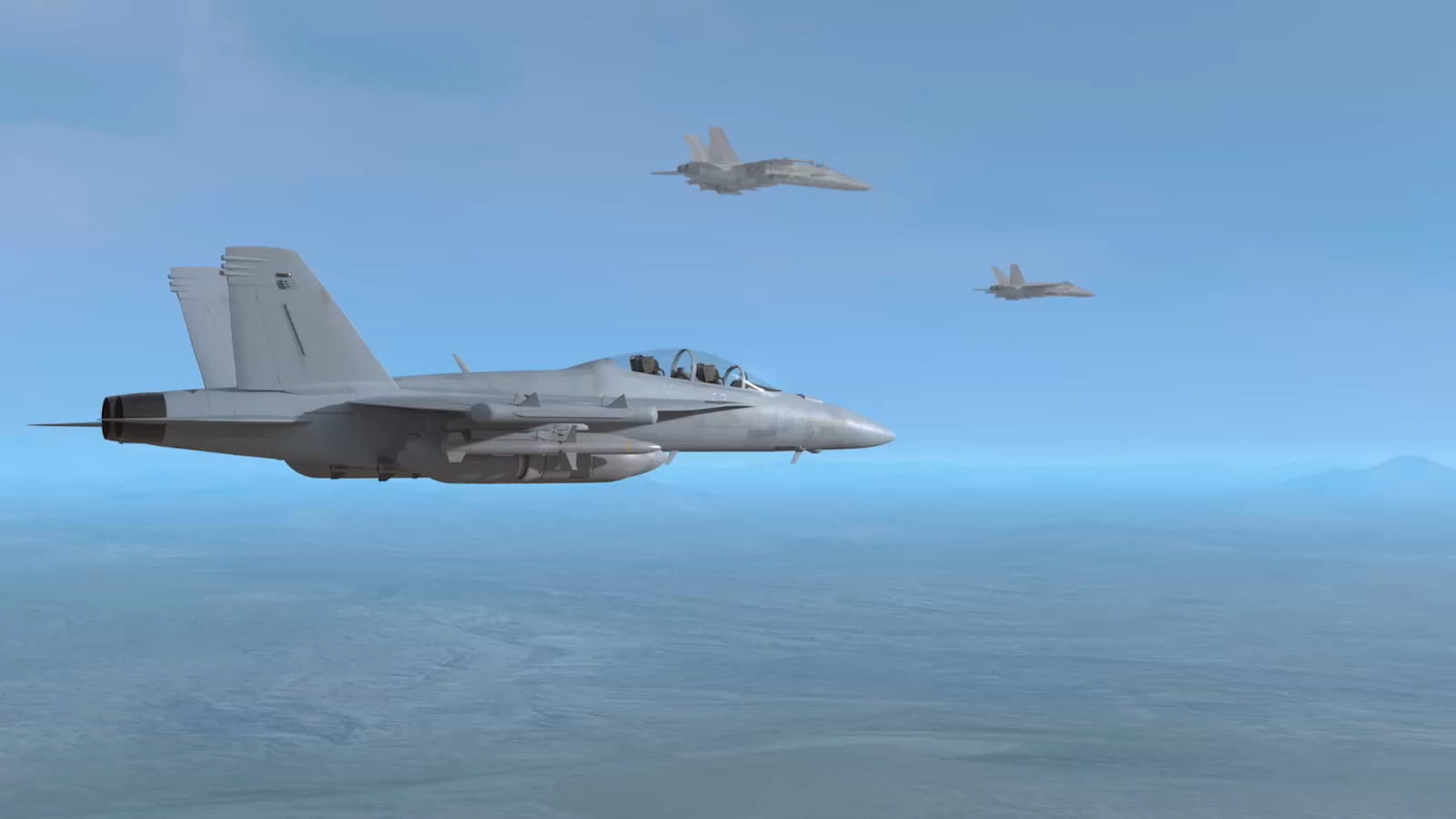
The AN/ALQ-227 communication countermeasures set was developed by Raytheon specifically for the EA-18G Growler. The system detects, identifies and jams adversary communications.
Defensive electronic attack focuses on protecting friendly forces and assets from electronic threats. It includes using electronic countermeasures – for example, defensive electronic attack platforms might jam or deceive enemy radar-guided missiles to prevent them from tracking and engaging friendly aircraft.
The AN/ALQ-227 communication countermeasures set is a device used on the Growler to intercept, process and jam signals, and also to determine where they originated. So while fighter jets swoop in close to the target, Winston said, Growlers “will stay back and jam as much as they can” to support the mission.
Support: Finding the threat
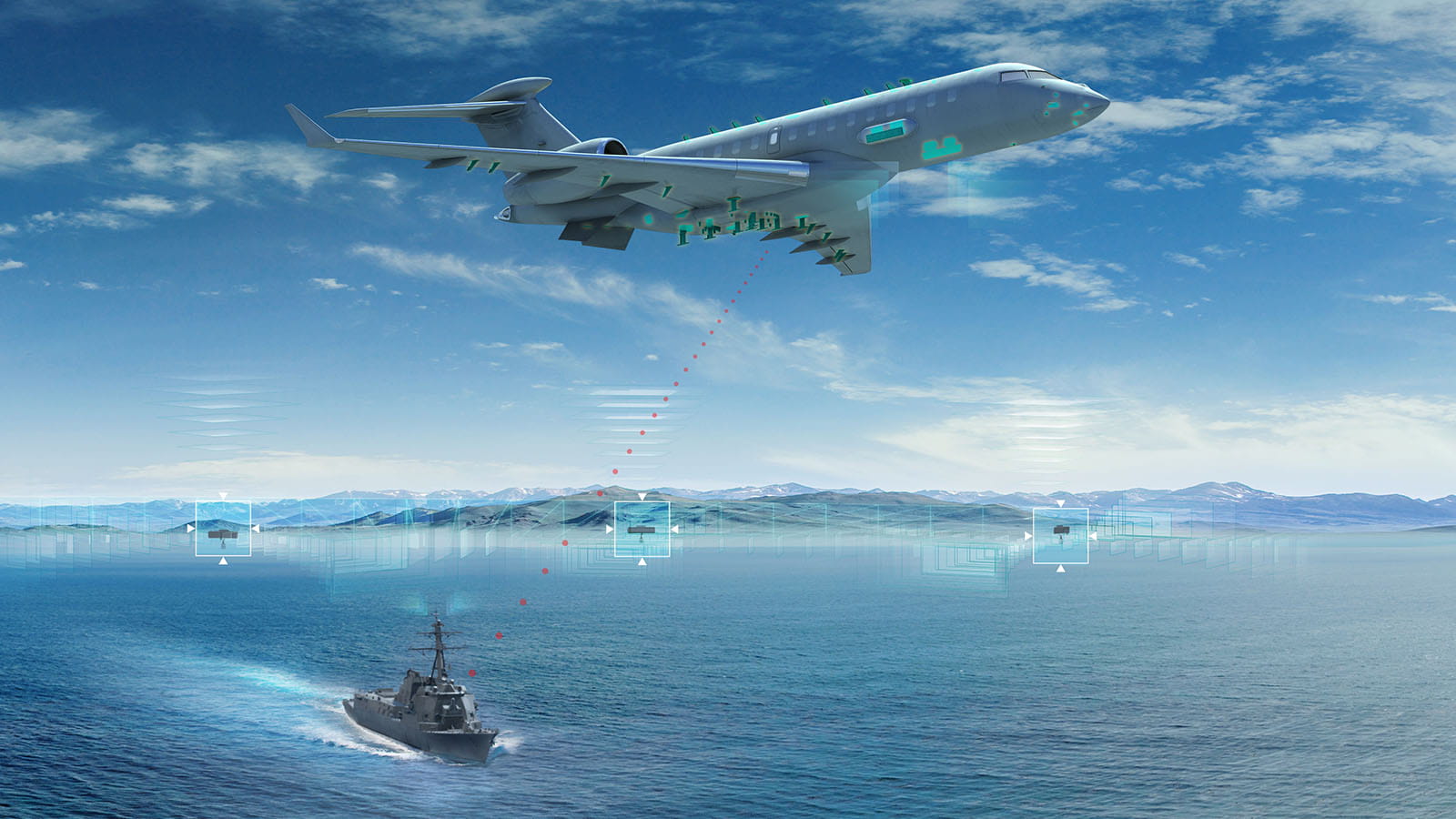
The Advanced Radar Detection System is an entirely passive electronic support technology that can be tailored to various sea, land and air platforms. It tracks and ranges stationary and moving emitters, calculates their bearings, distances and locations, and provides technical information about them.
Electronic support includes passive monitoring, interception of communications, and analysis of the electromagnetic spectrum to gain intelligence. Electronic support platforms, often carried by reconnaissance aircraft or uncrewed systems, collect data that inform airborne electronic attack operations and other tactical decision-making in highly contested spaces.
Raytheon Deutschland’s Advanced Radar Detection System, or ARDS, is an electronic support technology that scans the RF spectrum to identify and locate radar emitters. Its missions include reconnaissance and surveillance and combat support.
The future is now
As the electronic battlefield evolves, RTX will continue to lead the way in airborne electronic attack implementation for the U.S. Joint Forces. With the innovative Next Generation Jammer program, advanced electronic warfare suites for tactical aircraft and emphasis on integration and interoperability, the company is equipping the military with the tools needed to secure supremacy in the electromagnetic domain.
“We have to keep evolving,” Edmisten said. “Our customers can’t wait.”
Approved for public release; distribution is unlimited
